On a beautiful and sunny morning, you are out for a walk when suddenly the sky turns dark. You look up, but the Sun has disappeared. You rush home. What is happening? News outlets report that the Sun has suddenly gone out? What would happen to humanity without the Sun? How long could our current technology help us survive?
Terrifying Events That Would Occur If the Sun Disappeared
When Will the Sun Burn Out?
Paola Testa, an astrophysicist at the Center for Astrophysics, a collaboration between the Smithsonian Astrophysical Observatory and Harvard University in the United States, states: “The Sun is less than 5 billion years old. It is a middle-aged star, which means its lifespan will be around 10 billion years or longer.”
After the Sun burns through most of the hydrogen in its core, it will enter the next phase of becoming a red giant. At this point, approximately 5 billion years in the future, the Sun will stop generating heat through nuclear fusion, and its core will become unstable and shrink, according to NASA.
Meanwhile, the outer part of the Sun, still containing hydrogen, will expand and glow red as it cools. This expansion will gradually engulf nearby planets like Mercury and Venus, while solar winds will destroy Earth’s magnetic field and strip away its atmosphere.
Natural Disasters That Have Covered the Sun
In fact, throughout history, there have been several instances where natural disasters have obscured the Sun. Notably, the year 1816 was known as the year without a summer. On April 10, 1815, Mount Tambora in Indonesia erupted, releasing about 41 cubic kilometers (~10 billion tons) of volcanic ash into the atmosphere along with various gases including carbon dioxide, sulfur dioxide, and hydrogen chloride. Ultimately, this volcanic eruption caused severe climate anomalies for several years, restricting the amount of heat from the Sun and altering summer weather patterns in the Northern Hemisphere in 1816.
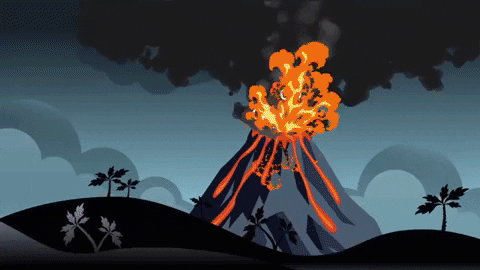
There have been several instances where natural disasters have obscured the Sun.
In New England, there were significant snowfalls in June. Lakes froze throughout the year in parts of Pennsylvania. In August, a hard freeze dominated New Hampshire and Maine. The temperature fluctuations adversely affected crops worldwide, ultimately leading to famine in many areas. The famine resulted in epidemics and cholera, killing millions. Mass migrations occurred as people tried to escape food shortages. The year without a summer also led to religious revivals as apocalyptic preachers believed the world was ending and called for people to turn to God.
Understanding the Sun
The surface of the Sun is heated to 5,500 degrees Celsius, hot enough to melt or vaporize any substance known to humanity, including diamonds or graphene. Fortunately, Earth is about 150 million kilometers away from the Sun, just the right distance to allow life to flourish. Scientifically, when stars die, they expand. Most likely, the Sun will expand into a red giant and vaporize the inner planets of our solar system, including Earth. However, for the Sun to become a red giant will take 7 to 8 billion years, so there’s no need to worry too much. However, to avoid being overly complacent about humanity’s advanced technology, let’s pretend that the Sun suddenly disappears and see how humanity would cope without it.
What Would Happen to Earth If the Sun Disappeared?
With the speed of light at approximately 1,080,000,000 km/hour, the last rays from the Sun would reach Earth in a matter of minutes. Therefore, if the Sun suddenly vanished, you would have 8 and a half minutes before Earth plunged into darkness. After that, you would be able to see the Moon and the planets in our solar system for the next few hours, until the remaining light from the Sun ceases to reflect. Everything gradually sinks into darkness… but we have electricity, which will light our way… for a while.
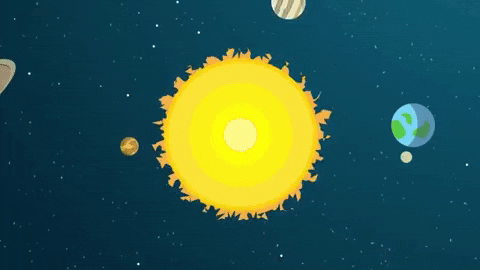
The last rays from the Sun will reach Earth in a matter of minutes.
Earth will cool rapidly. Within about a week after the Sun disappears, the average surface temperature of Earth will drop to 0 degrees Celsius. After a year without the Sun, the temperature will plummet to -101 degrees Celsius. Over time, Earth will become a frozen planet, with rivers, lakes, and oceans freezing over, and liquid water existing only deep beneath the ice.
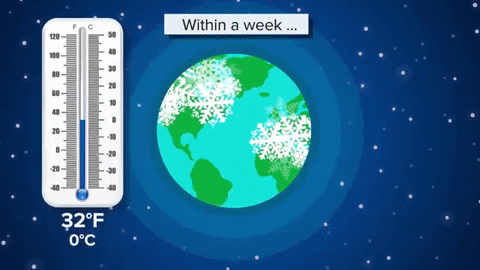
Earth will cool rapidly.
Most plants will quickly die without the Sun, as photosynthesis will cease immediately. Large, healthy trees may survive for a few more decades without photosynthesis. Plants are a crucial part of the food chain; when they die, herbivores will quickly decline in number, and predators will not escape the consequences either.
Another issue if the Sun were to disappear is that it would disrupt the orbits of celestial bodies in the solar system. The disappearance of the Sun’s gravitational pull would cause everything, including planets and asteroids, to continue moving straight ahead. This means our Earth would be hurtling toward distant stars at a speed of 107,826 km/hour. Theoretically, Earth could be drawn into the gravitational pull of another star and begin to orbit it. However, this process would take thousands of years.
What Would Happen to Humanity If the Sun Disappeared?
In the first 24 hours, media and the internet would be flooded with theories about the end of the world, such as God has forsaken us or aliens have destroyed the Sun. Everywhere would be severely affected by the cold, and the moisture in our atmosphere would condense, leading to snow falling in most regions of the world. Many places would experience snowstorms. Our atmosphere would begin to stratify into layers of gas based on density. Thicker layers of gas would descend to the ground while thinner gases would rise, thus disrupting the breathable air available.
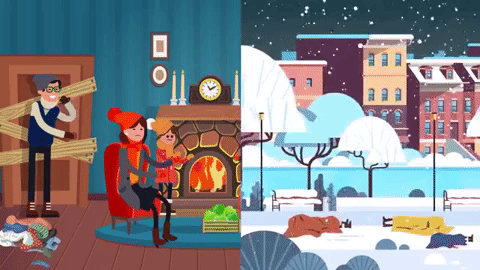
Everywhere would be severely affected by the cold.
Fortunately, if you live near the ocean, the water will retain heat longer, and your area will be warmer. Panic would start to spread as people scramble to grab all the essentials for survival, such as warm clothing, first aid supplies, fuel, and food. Solar energy would cease to function. The danger from society would escalate quickly; the elderly, sick, and children would be the first to perish, followed by the majority of the population dying from hypothermia, starvation, lack of oxygen, or violence. As society breaks down and people die off, electricity would also gradually fade. No electricity means no TV, internet, or electric heating systems.
As the population declines, violence would also decrease, and survivors would be willing to support each other for mutual survival. Your only chance of survival would be to quickly create an environment with adequate heat, and the best way to do this would be to dig deep underground, where geothermal temperature increases about 25°C for every kilometer of depth. Life could only be sustained if people cooperated, with sustainable food sources and a well-ventilated system. Additionally, you would need sufficient artificial light to replace sunlight to maintain health.
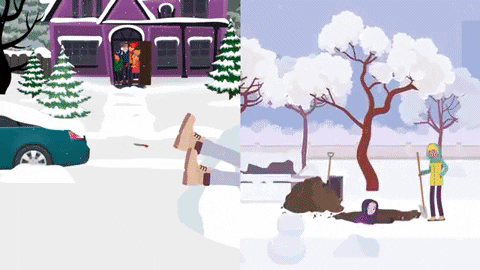
Your only chance of survival is to dig deep underground, where geothermal temperature increases about 25°C for every kilometer of depth.
This is what could happen without the Sun and what you need to prepare for it. From now until 8 billion years later, take your time to get ready!
- Is the Sun about to cool down, leading to the apocalypse?
- Is the Sun dangerously cooling down?
- NASA studies human reactions to extraterrestrials
- The “monster” fish uses its whiskers to detect and prey on pigeons
- Rowing through an orchard, a young man is startled to see a nearly 1-meter tall king cobra





















































